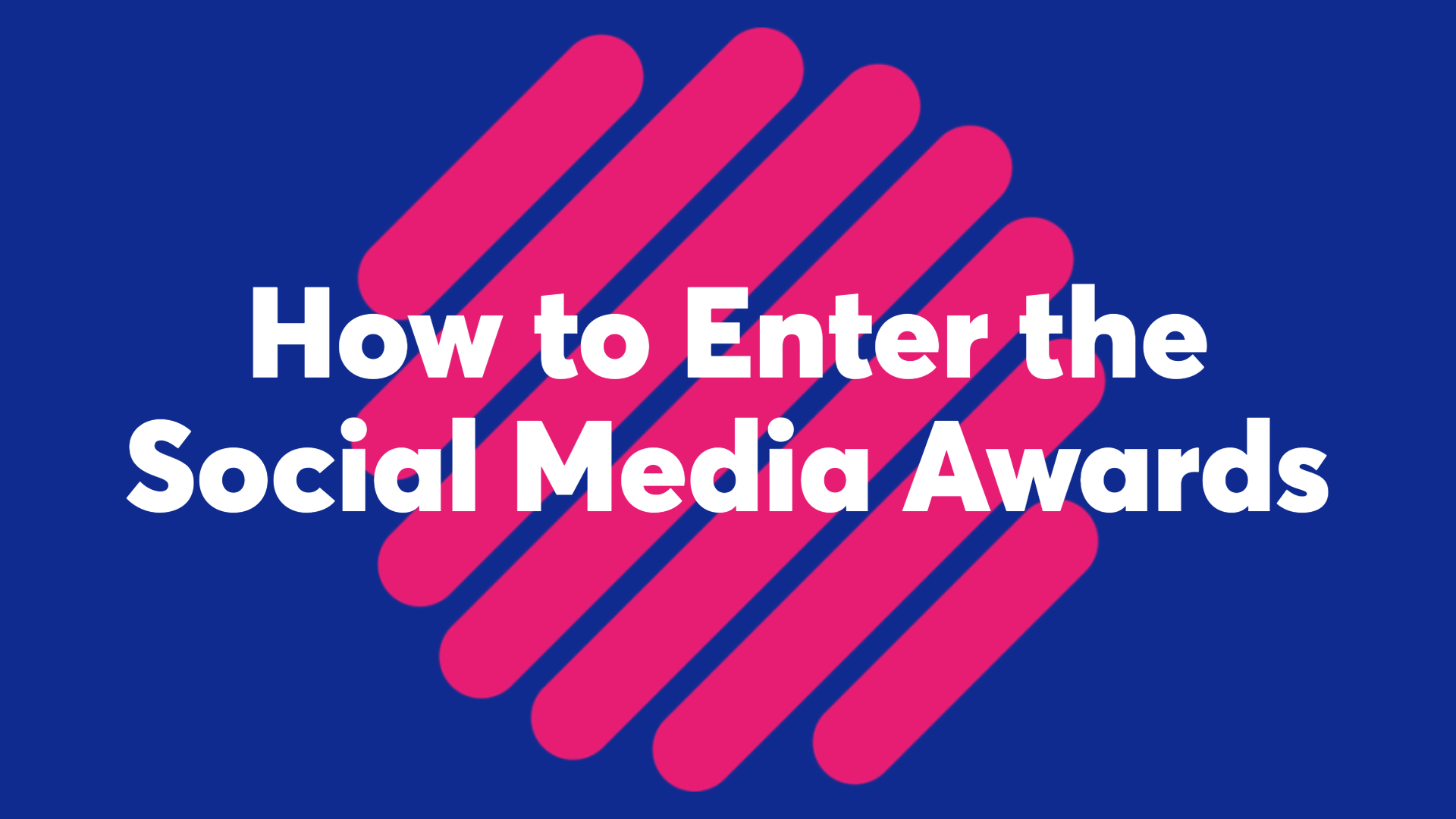The thing about social media platforms is this: you have to play to the strengths of the audience. As a Meta analyst recently said to me at the UK Social Media Awards, Meta’s entire goal is to keep people on the platform for as long as possible. That’s it. Which means your content shouldn’t be brand-forward, it needs to be audience-forward.
Ask yourself: what does your audience want to hear about? How can you tailor your message so it naturally fits into their daily scroll, without interrupting it?
Content that aligns with your audience’s lifestyle and values will always beat content that shouts your brand. Use trending Reel audio and formats you already know perform. Too many brands stick to the default static-carousel-video combo and miss the chance to repurpose what’s already working organically. Why rely on generic assets when you have proven content ready to go? Get influencers, get good content, and use that in boosts and lead gen to get your lowest CPL yet — because the truth is, Meta will serve media that people like to see, not a random static that your marketing exec whipped up on Canva because you needed a third piece for testing to avoid creative fatigue.
Authenticity Is Not Optional
I recently attended a content creator workshop at 180 House, and authenticity was the word on everyone’s lips. People can smell fake a mile off. The catch? Most content is staged. No one’s casually filming with perfect lighting at the perfect moment.
So the goal isn’t to be raw, it’s to be credible. Crafted content should still feel real — tone, honesty, and actual value go a long way.
A lot of this is done with user-generated content (UGC). And when doing so, let your brand ambassadors lead. They know what works for their audience. You just need to make sure it doesn’t go totally off-piste from your brand guidelines.
Crafting content on social platforms: Community & Micro-Influence
Big-brand affiliations help build credibility; it’s often micro- influencers who drive real action and deliver tangible results where it counts — in conversions. Especially if you’re selling something local (like apartments), go hyper-local. Partner with people who actually live nearby and have a real following. Smaller circles = higher trust. And bonus: they’re cheaper. Win-win.
Word of mouth consistently drives the highest conversion rates — and this is just word of mouth, scaled. When it comes to social media, short video testimonials will go a long way. Just be sure to keep it natural, talk about minor problems too so it doesn’t feel so staged. It doesn’t need to be framed as a testimonial either (remember: audience-first not brand-first). Think: “Welcome to my new apartment, here’s how I’ve styled it,” or “Just bought this product — here’s what I’m making with it.” UGC outperforms anything that feels like a tired, traditional TV-style ad people are paying to skip.
Crafting content on social platforms: Inbound Marketing
If you’re selling something that takes time to consider — not just property, but a car, a piece of fine art, or a university programme — inbound marketing is essential. It’s about offering genuinely valuable content: think market reports or comparison checklists. They come to you — and you guide them through the funnel.
It doesn’t only build trust but it increases your visibility in both SEO and AIO (AI optimisation). With platforms like ChatGPT now among the most-used search tools globally, understanding how your content performs in those environments isn’t optional. It may not be the primary tool for product discovery yet, but it’s getting there. ChatGPT hit 100 million monthly active users by January 2023, making it the fastest-growing consumer app in history — with an adoption rate 5.5x faster than Google’s post-launch.
Unlike traditional SEO, which relies heavily on technical elements like meta tags and schema, AI-driven search works in a more human way. It prioritises clear language, genuinely helpful content, and authority earned through real engagement. Mentions on trusted sites — think .gov domains or major media publications — along with detailed, credible reviews, make a big difference.
Here’s the catch: using ChatGPT to write your content won’t help you rank within it — because it’s pulling from information that’s already out there. It’s a great tool for structuring ideas, generating angles, and cleaning up tone and grammar, but to actually be featured in AI-generated answers, your content needs to offer something new — original interviews, fresh data, or credible first-hand insights. The power of reviews also can’t be overstated. A recent BrightLocal study found that 98% of consumers read online reviews for local businesses, and nearly half trust them as much as personal recommendations. That kind of influence is gold when you’re marketing something with a five or six-figure price tag.
Smart CRMs: The Backbone of High-Ticket Funnels
When you’re advertising high-value items with long sales cycles, having a smart CRM isn’t a luxury – it’s absolutely integral. A good CRM allows you to:
- Build attribution models across long timeframes
- Identify drop-off points in the sales cycle
- Retarget and nurture leads based on behaviour, not just form fills
You also now have far more visibility than ever before. With AI tools built into many CRM platforms, you can use chatbots that sound almost indistinguishable from human agents. Don’t waste budget paying someone to do basic lead qualifying or admin.
AI can wash leads, clean data, respond in real time, and free up your team to focus on the stuff that actually requires a human touch. That kind of efficiency is a must when you’re trying to scale brand trust and conversion at the same time.
In Summary
Selling high-ticket items via digital marketing isn’t about fast results. It’s about building trust, staying visible, and creating content that serves your audience before it serves your brand.
It’s also about using the tech available to you—from smart CRMs to search-optimised educational content—to make that process as seamless and strategic as possible.
Play the long game. And play it well.
About the Author

Nicola Morkel is Head of Digital at Regal, a leading property developer focused on creating lasting communities and high-quality spaces.
Nicola Morkel is Head of Digital at Regal, where she runs performance-led campaigns across the UK, APAC, and MENA. Her previous work spans global rebrands, transformative social strategy, and building advanced reporting, automation, and attribution systems. The focus: bringing marketing into 2025 with clear insights, smarter conversions, and less waste. With experience across diverse markets, she brings cultural fluency and precision to every project. Her insights have appeared in The Telegraph, and she has trained at UCT, MIT, and Boston University.





